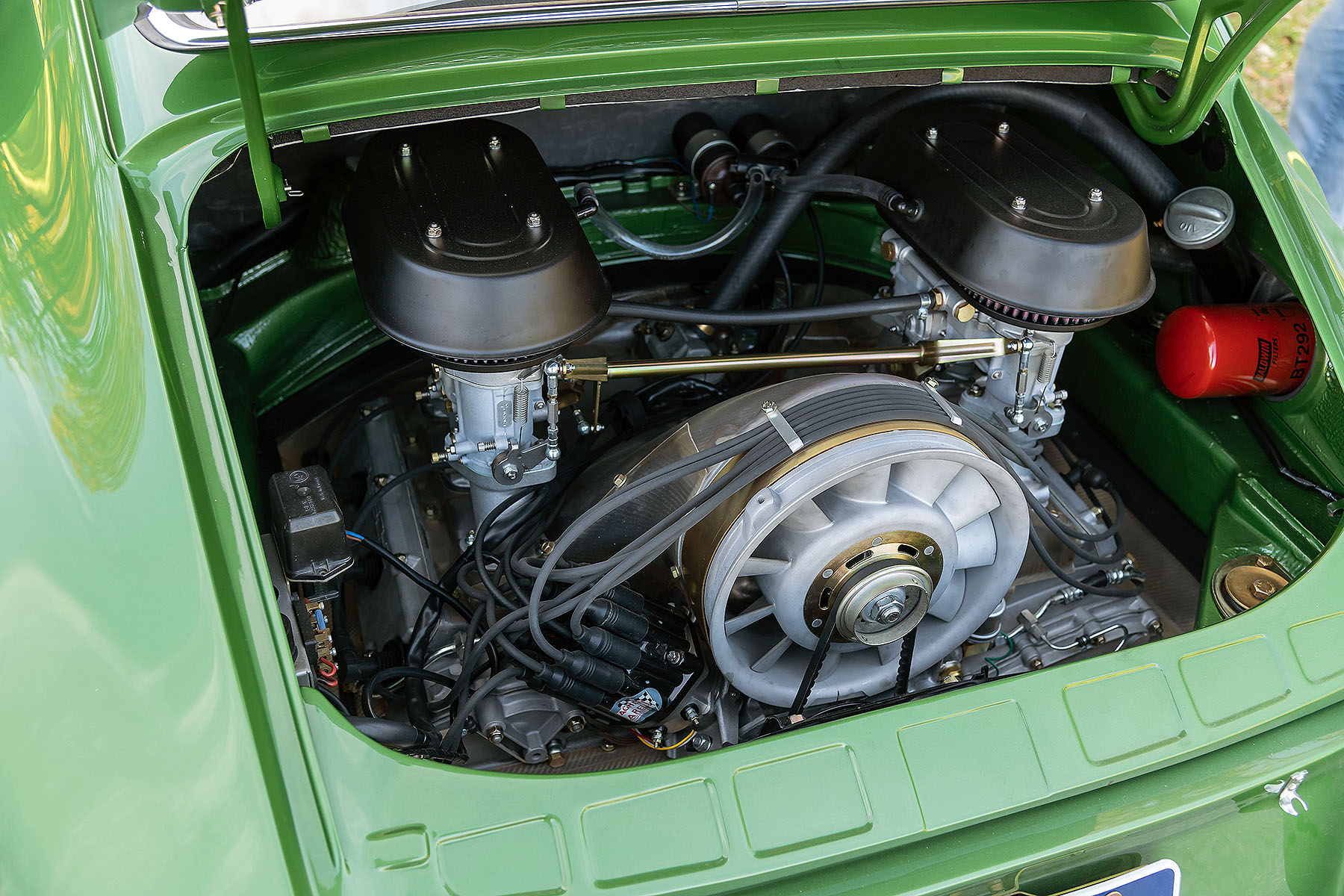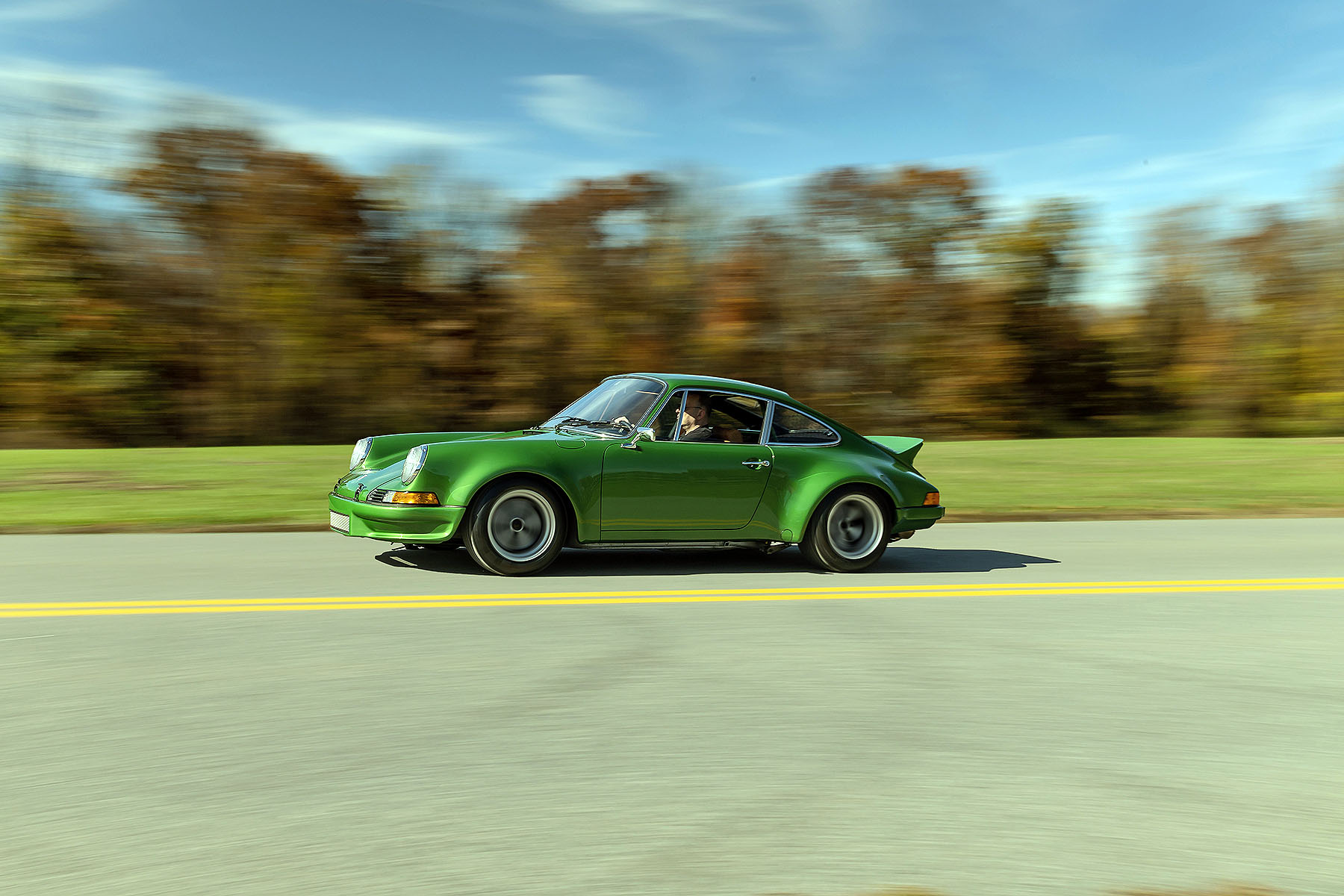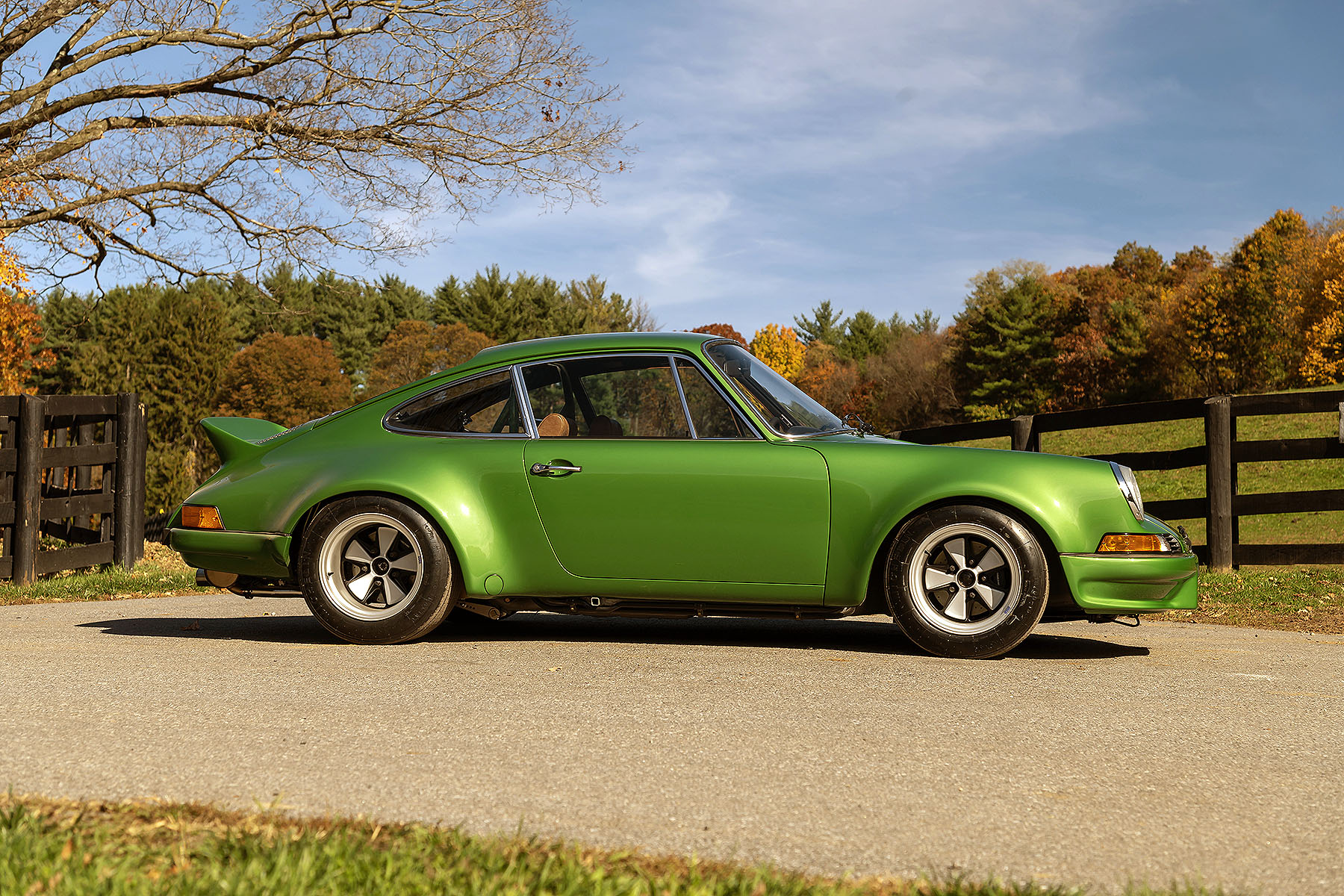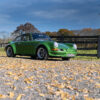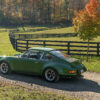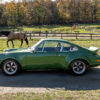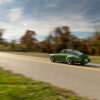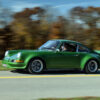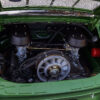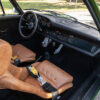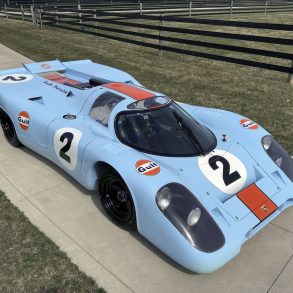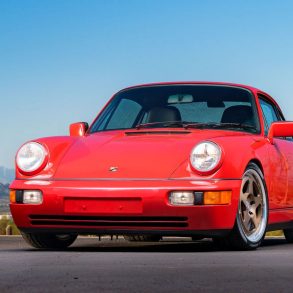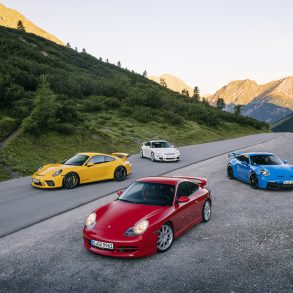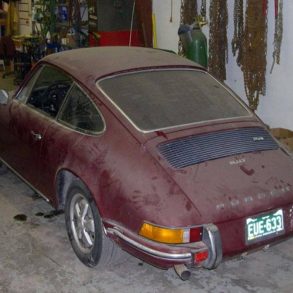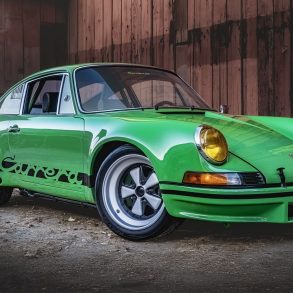Porsche’s 2.8 911 RSR
Porsche needed to build 500 RSs in 1973 to get the RSR homologated for Group 4 racing. They were so popular that the company eventually built 1580 units. Consequently, the RS is almost common compared to the RSR that came out of the factory winning the 1973 24 hours of the Daytona. In May, the Factory Martini Racing team’s RSR won the Targa Florio. Other RSRs went to battle at Monza and Spa-Francorchamps. The RSR dominated group 4 and by the end of the year, was the overall FIA points leader ahead of multiple exotic prototypes. It would also become the car of choice for the 1973/74 US IROC series.
Porsche only built 57 2.8 RSRs, definitely not enough to satisfy the global Porsche collector community. If one of these cars ever does come to light, the price will be eye-watering with plenty of zeros needed on the wiring docs. So what about the rest of us who don’t breathe that rarefied air or have unlimited funds? No worries, this RSR build may be the cure for your ailment.
The “Back Date” 911
Over the past few years, there have been an inspired group of craftsmen back-dating Porsches to create unique machines. Richard Schickman is one example who created this “RSR Project” out of desire. Truth be known, lust may be a better word for his underlying motivation.
Early lessons
Richard was a devotee at an early age. At 15, he bought a 1969 911T “basket case” before he had his license. He learned to weld and put in new floors, and hanging out in garages gave him much practical knowledge. He got the ailing 911 roadworthy and drove it. But Richard got involved in New York real estate, and cars were put on the back burner. Nevertheless, the RSR remained in his dreams.
Along the way, Richard gifted himself with a flawless ‘67 912 from the West coast. He loved it; it was a beautiful car but underpowered. He was about to take a torch to it when clearer minds prevailed: “It’s too nice; put down the cutting tools!” The 912 found a new home, and a ‘77 911 took its place under the knife. The car was stripped to bare metal, the interior was removed, and the transformation started.
Patient Zero
Modifications were endless to the “long hood” 911. The sunroof was welded. The impact bumpers came off; textbook fiberglass long hood and bumpers took their place. The same at the back, with the ducktail standing proud. Steel flares were installed at all four corners. The interior also got the full RSR treatment, and a beautiful silver paint job topped it off. Richard got to drive the car for a while, but someone saw it and had to have it!
So, he started over again to build his dream, and it happened again—and yet again. His passion was front and center in his builds, and others gravitated toward them. Maybe he was on to something?
Enter the “RSR Project”
The first thing is the donor car. Richard sources an 84-89 Carrera with no accident history and no rust. This is his go-to period, as the bodies were galvanized and typically in better condition than in older generations. The lucky car then heads off to one of the top-flight shops Schickman uses to be stripped down to the bare tub. The body then goes off to be media-blasted down to bare metal before getting its beauty makeover and a new coat of paint.
Next is installing an interior in the RSR fashion. A new dash is installed, sans-glovebox door as a weight-saving nod to the original. A new headliner is installed, along with no-frills RS door panels. Light-weight Perlon carpet goes in and is topped off with fixed shell bucket seats with a bit more padding than their racing counterparts. New front and rear glass are installed. After that, it’s back to the shop to install all new oil lines, brake calipers, powder-coated suspension components, and the rebuilt 3.2 motor and transmission with a WEVO shifter on top and refreshed gages.
It’s all in the details
Schickman wants the finished machine to be as close to the real thing as possible, so he sweats the details. It may have a 3.2 heart beating under the hood, but you won’t see electric window switches on the doors or the center console for the AC… by the way, it doesn’t have any. It has pop-out rear side windows, not the 80’s fixed ones. And it’s rolling on proper Fuchs-style wheels by Braid: 15X9 up front and 15X11 in the back. No “dubs” for an RSR Project creation. One or two other small changes: the exhaust has two center pipes compared to the original wide-spaced units. The car also sports Turbo flares instead of original style RSR flares. This was just a bit of esthetic license on Schickman’s part.
The fun part starts when you get behind the wheel. You are deep in familiar five-gauge Porsche surroundings. To help with the RSR vibe, you have a 380mm deep-dish steering wheel to hold onto, or if you like, a MOMO Prototipo. Fire it up, and you are in air-cooled Nirvana. The RSR Projects build is well connected to the ground by the Michelin TB-15s, and 22 mm sway bars. Richard’s creation takes you back to that wonderful analog age when there weren’t all those computers getting between you and your driving pleasures. The steering is tight and precise; the RSR Project machine has gone on a 500-plus pound diet, so it’s very responsive. And the sound that reaches your ears when you put your right foot down is a tune straight out of Zuffenhausen that you need to experience as often as humanly possible. A great thing about this build: it’s not the high-strung race car it’s emulating. You can go blazing out on the open road or down to the local Caffeine & Carburetors, stand next to it, and still have all the fun in the world.
The Pennsylvania Build
The RSR Project likes to make their customer’s wishes come true. So, for the Pennsylvania build, they went a little old school. The engine is carbureted, running 46 mm PMOs instead of the 3.2’s normal fuel injection. And the 3.2 is also using twin plug heads. The interior went a little lux. Instead of a standard headliner, there is a sensual Alcantara. The door panels got the same treatment as well. The new owner wanted plusher carpet and tunes. No problem. Life behind the wheel of one of these builds is very sweet indeed.
The RSR Project’s cars are wonderfully thought out and built to a very high standard. You would be hard-pressed to think you weren’t in the real thing. Richard Schickman had the dream and the passion, and it looks like others have the same affliction.
Information
So if you have the urge to fulfill your Hurley Haywood, Steve McQueen fantasies, this just might be the road to go down. For non-bank-breaking numbers, you can have a bespoke answer to all your RSR dreams. Follow along at thersrproject.com, Instagram @rsrproject, and facebook/thersrproject.com





